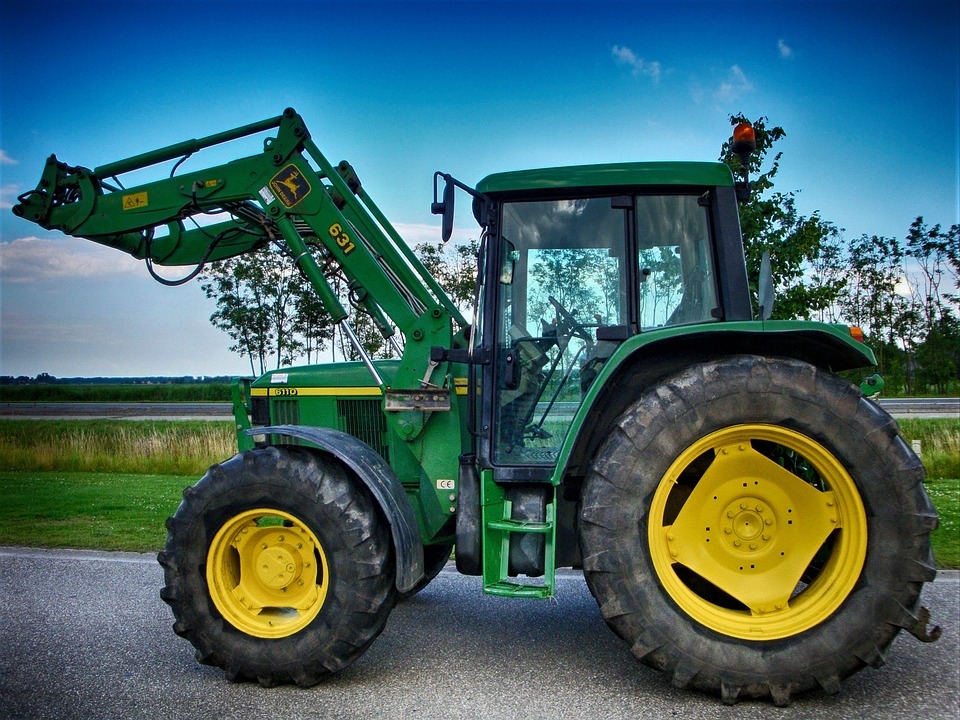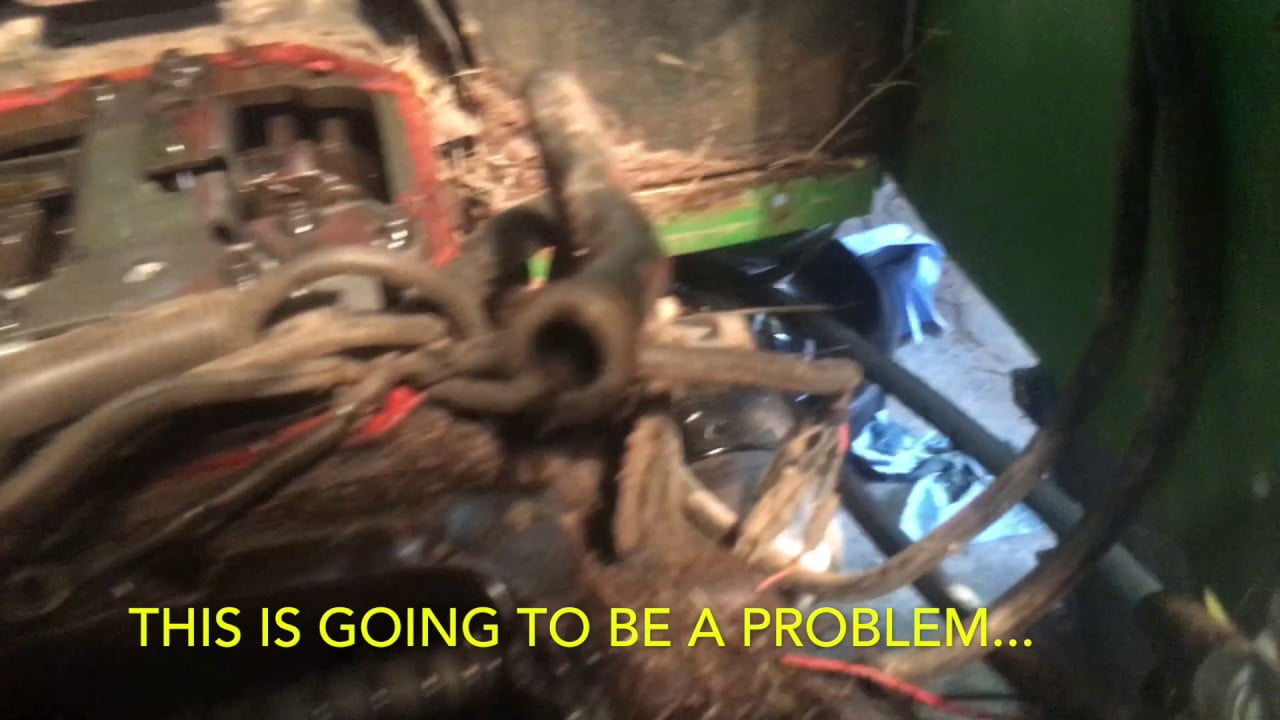The John Deere 5320 is a popular tractor model, but it’s not without its problems. Common issues include engine trouble, electrical problems, and steering issues. In some cases, the tractor may even catch fire.
If you’re having trouble with your John Deere 5320, check out these common problems and see if they can be fixed.
If you’re a John Deere 5320 owner, you know that this tractor is built for heavy-duty work. But even the best machinery can have its problems. Here are some of the most common issues owners have reported with their 5320s:
1. Hydraulic system leaks. Over time, seals and gaskets can degrade and cause hydraulic fluid to leak. This can lead to decreased performance and even complete system failure if left unchecked.
2. Engine oil leaks. Again, degraded seals and gaskets are often to blame for engine oil leaks. These leaks can cause serious engine damage if not addressed quickly.
3. Transmission problems. Some owners have reported transmission issues, including slipping gears and difficulty shifting between forward and reverse. These problems can be caused by a variety of factors, so it’s important to have your tractor checked by a qualified technician if you’re experiencing them.
4. Tire wear issues. The 5320’s tires are designed for hard work, but they can still wear down prematurely if the tractor isn’t used properly or maintained properly . Improper inflation, overloading ,and excessive speed can all contribute to tire wear .
If you’re having any problems with your John Deere 5320, don’t hesitate to get in touch with a qualified repair shop . With proper care and maintenance , your tractor will give you years of faithful service .
John Deere 5520: Crank, no start-fixed
What Horsepower is a 5320 John Deere?
The John Deere 5320 tractor has a horsepower of 75. This is a mid-range tractor that is perfect for those who need a little more power than your standard garden tractor, but don’t necessarily need something as large and powerful as a farm tractor. The John Deere 5320 is perfect for hobby farmers, landscapers, and anyone else who needs a versatile and reliable machine that can handle just about anything you throw at it.
What is the Difference between M And R Series John Deere?
John Deere is a well-known brand in the agricultural industry. The company offers a wide range of products, including tractors, combine harvesters, and other farming equipment. One of the most popular series of John Deere products is the M Series.
The M Series includes a variety of different models, each designed for specific purposes. For example, the M600 series is designed for livestock farmers, while the M700 series is designed for crop farmers.
The R Series is another popular series of John Deere products.
Like the M Series, the R Series includes a variety of different models that are each designed for specific purposes. However, the R Series is geared more towards commercial users, such as landscapers and golf course operators.
What Does the E Stand for in John Deere?
There are a few different stories about what the “E” in John Deere stands for. One story says that it stands for “enterprise”. Another says that it stands for “excellence”.
And yet another story claims that it actually stands for “efficiency”.
The most likely explanation is that the “E” was originally intended to stand for “enterprise”. This makes sense given that John Deere was founded as a company specializing in agricultural equipment.
The company has since expanded into other areas, but the core of its business remains in agriculture.
It’s possible that the meaning of the “E” was later changed to reflect the company’s commitment to excellence. This would be in line with John Deere’s motto, which is “Nothing Runs Like a Deere”.
Regardless of what the original intention was, there’s no doubt that the “E” today represents the high standards that John Deere products are known for.
What is the Difference between John Deere 5 Series And 6 Series?
The 5 Series and 6 Series are both mid-size John Deere tractors. The main difference between the two is that the 6 Series has more horsepower than the 5 Series. The 6 Series also has a higher lift capacity and can tow more weight than the 5 Series.

Credit: mentalitch.com
John Deere 5320 Reviews
John Deere is a trusted name in the farming industry, and the 5320 model tractor is one of their most popular. This tough machine is built for heavy-duty work, and farmers rely on it to get the job done right. But what do customers think of this tractor?
We’ve rounded up some John Deere 5320 reviews to give you an idea.
Overall, reviewers say that the John Deere 5320 is a great tractor that lives up to its reputation. It’s tough and reliable, and can handle just about anything you throw at it.
Farmers appreciate its versatility and power, and say that it’s a great value for the price. If you’re in the market for a new tractor, the John Deere 5320 should definitely be at the top of your list!
Conclusion
If you’re a John Deere 5320 owner, then you may be familiar with some of the common problems that can occur with this model. In this blog post, we’ll take a look at some of the most common issues and what you can do to fix them.
The first problem that we’ll discuss is poor engine performance.
This can be caused by a number of things, but the most likely culprit is dirty fuel injectors. If your injectors are dirty, they won’t be able to deliver the proper amount of fuel to your engine, causing it to run poorly. To clean your injectors, you’ll need to remove them from the engine and soak them in a cleaning solution overnight.
Another common problem with the John Deere 5320 is overheating. This can be caused by a variety of factors, but the most likely cause is a faulty radiator cap. If your radiator cap isn’t sealing properly, it will allow coolant to leak out, causing your engine to overheat.
To fix this problem, you’ll need to replace the radiator cap with a new one.
Finally, we’ll discuss transmission problems. The most common issue here is slipping gears.
This can be caused by worn out clutch plates or damaged gears.
